 As the trade war sparked by Donald Trump’s tariffs rages on, Canada’s lumber industry is pushing back on U.S. claims that a $1.2 billion aid package announced last month amounts to an unfair subsidy for Canadian softwood. …The aid package includes $500 million in funding to help Canadian lumber producers diversify away from dependency on the American market, and $700 million in loan guarantees to help producers restructure. …The American argument is undercut, however, by the fact that export aid and loan guarantees are both used by various levels of government to support the US‘s own lumber industry, said Niquidet, president of the BC Lumber Trade Council. “There are a lot of tax incentives.” …The measures taken by Prime Minister Carney are in response to unjustified and illegal trade practices being advanced by the United States,” said Ian Dunn, CEO of the Ontario Forest Industry Association. [to access the full story a Toronto Star subscription is required]
As the trade war sparked by Donald Trump’s tariffs rages on, Canada’s lumber industry is pushing back on U.S. claims that a $1.2 billion aid package announced last month amounts to an unfair subsidy for Canadian softwood. …The aid package includes $500 million in funding to help Canadian lumber producers diversify away from dependency on the American market, and $700 million in loan guarantees to help producers restructure. …The American argument is undercut, however, by the fact that export aid and loan guarantees are both used by various levels of government to support the US‘s own lumber industry, said Niquidet, president of the BC Lumber Trade Council. “There are a lot of tax incentives.” …The measures taken by Prime Minister Carney are in response to unjustified and illegal trade practices being advanced by the United States,” said Ian Dunn, CEO of the Ontario Forest Industry Association. [to access the full story a Toronto Star subscription is required]

 OTTAWA — Canada has dropped two legal challenges of United States duties on Canadian softwood lumber. …The Wall Street Journal first reported this week that Canada dropped long-standing appeals earlier this month of two U.S. anti-dumping reviews dating back to the previous decade. The US undertakes administrative reviews each year to set the level of duties. Canada has regularly challenged those orders. Global Affairs Canada spokeswoman Dina Destin said that the decision to drop the two appeals was made “in close consultation with Canadian industry, provinces and key partners, and it reflects a strategic choice to maximize long-term interests and prospects for a negotiated resolution with the United States.” She said Canada still believes U.S. anti-dumping duties on softwood lumber are unfair and Ottawa is still pursuing six other legal challenges on the matter.
OTTAWA — Canada has dropped two legal challenges of United States duties on Canadian softwood lumber. …The Wall Street Journal first reported this week that Canada dropped long-standing appeals earlier this month of two U.S. anti-dumping reviews dating back to the previous decade. The US undertakes administrative reviews each year to set the level of duties. Canada has regularly challenged those orders. Global Affairs Canada spokeswoman Dina Destin said that the decision to drop the two appeals was made “in close consultation with Canadian industry, provinces and key partners, and it reflects a strategic choice to maximize long-term interests and prospects for a negotiated resolution with the United States.” She said Canada still believes U.S. anti-dumping duties on softwood lumber are unfair and Ottawa is still pursuing six other legal challenges on the matter. Terrace, a small town nestled in the foothills of the mountains of BC, boomed in the 1920s, shipping Canadian cedar for telephone lines and power cables across the globe. But today local sawmill owners such as Warren Gavronsky are on the front line of a crisis hitting the country’s US$63bn forestry industry as a result of US duties and a slowdown in the world’s largest economy. …Canada’s forest products industry is one of the country’s largest employers, operating in hundreds of communities and providing 200,000 direct jobs. …Ottawa this week quietly withdrew two challenges to US anti-dumping duties on softwood lumber, a “strategic choice” aimed at improving relations with Washington, said Canada’s foreign ministry. The issue for US housebuilders, according to Gavronsky, is that they need softwood lumber. …The US industry accuses its Canadian rivals of dumping because they have no other market to sell into and it is convenient to ship it across the border.
Terrace, a small town nestled in the foothills of the mountains of BC, boomed in the 1920s, shipping Canadian cedar for telephone lines and power cables across the globe. But today local sawmill owners such as Warren Gavronsky are on the front line of a crisis hitting the country’s US$63bn forestry industry as a result of US duties and a slowdown in the world’s largest economy. …Canada’s forest products industry is one of the country’s largest employers, operating in hundreds of communities and providing 200,000 direct jobs. …Ottawa this week quietly withdrew two challenges to US anti-dumping duties on softwood lumber, a “strategic choice” aimed at improving relations with Washington, said Canada’s foreign ministry. The issue for US housebuilders, according to Gavronsky, is that they need softwood lumber. …The US industry accuses its Canadian rivals of dumping because they have no other market to sell into and it is convenient to ship it across the border. Canada withdrew challenges against some import taxes the US levied against softwood lumber in what the government called a “strategic choice,” as Prime Minister Carney seeks a trade deal with President Trump. The government has revoked two separate claims disputing US anti-dumping duties on softwood lumber based on trading between June 2017 and December 2019, according to Canada’s Global Affairs department. “Canada has made this decision in close consultation with Canadian industry, provinces and key partners, and it reflects a strategic choice to maximize long-term interests and prospects for a negotiated resolution with the US,” John Babcock said. …The move follows a pattern of Carney’s government trying to remove so-called trade irritants in pursuit of a wider settlement with the Trump administration, which has erected tariffs against key Canadian industries like steel and autos, as well as a 35% “emergency” tariff against other goods if they aren’t compliant with the US-Mexico-Canada trade deal.
Canada withdrew challenges against some import taxes the US levied against softwood lumber in what the government called a “strategic choice,” as Prime Minister Carney seeks a trade deal with President Trump. The government has revoked two separate claims disputing US anti-dumping duties on softwood lumber based on trading between June 2017 and December 2019, according to Canada’s Global Affairs department. “Canada has made this decision in close consultation with Canadian industry, provinces and key partners, and it reflects a strategic choice to maximize long-term interests and prospects for a negotiated resolution with the US,” John Babcock said. …The move follows a pattern of Carney’s government trying to remove so-called trade irritants in pursuit of a wider settlement with the Trump administration, which has erected tariffs against key Canadian industries like steel and autos, as well as a 35% “emergency” tariff against other goods if they aren’t compliant with the US-Mexico-Canada trade deal.  Canada is expected to announce it’s launching formal consultations on the North American trade pact within the next week, after the Trump administration kicked off its own review and the US ambassador said a larger deal is “not going to happen” soon. Canada-US Trade Minister Dominic LeBlanc’s office said the government is expected to imminently post an official notice seeking the public’s comments and feedback about the Canada-US-Mexico Agreement (CUSMA). In preparation for the review, “Canada will be engaging with Canadian industry leaders, provinces and territories and Indigenous partners,” LeBlanc’s office said. The US announced Tuesday it’s formally starting consultations to evaluate the agreement’s results over the past five years. …The formal negotiations to review CUSMA could begin in early 2026. …The prime minister and several ministers are headed to Mexico… an effort to shore up support ahead of the CUSMA review.
Canada is expected to announce it’s launching formal consultations on the North American trade pact within the next week, after the Trump administration kicked off its own review and the US ambassador said a larger deal is “not going to happen” soon. Canada-US Trade Minister Dominic LeBlanc’s office said the government is expected to imminently post an official notice seeking the public’s comments and feedback about the Canada-US-Mexico Agreement (CUSMA). In preparation for the review, “Canada will be engaging with Canadian industry leaders, provinces and territories and Indigenous partners,” LeBlanc’s office said. The US announced Tuesday it’s formally starting consultations to evaluate the agreement’s results over the past five years. …The formal negotiations to review CUSMA could begin in early 2026. …The prime minister and several ministers are headed to Mexico… an effort to shore up support ahead of the CUSMA review.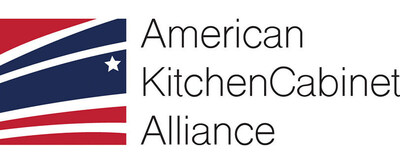
 The SLB’s Board of Directors has approved a
The SLB’s Board of Directors has approved a 



 Lumber futures fell back below $570 per thousand board feet in September, reflecting the struggles in the US housing market. Builders are scaling back new construction amid a recent inventory glut and growing economic uncertainty, while the Trump administration’s fluctuating stance on tariffs for imported lumber over the past few months has added further volatility. Meanwhile, a significant gap remains between the number of homes for sale and the demand from Americans seeking housing. Affordability challenges have caused many buyers to withdraw in recent months, keeping construction activity muted throughout 2025. However, recent cuts in US interest rates, along with prospects of further easing, have helped curb some of the losses. Without a substantial increase in new home demand, the subdued pace of construction is likely to persist, as builders continue to compete with the steadily growing inventory of existing homes. [END]
Lumber futures fell back below $570 per thousand board feet in September, reflecting the struggles in the US housing market. Builders are scaling back new construction amid a recent inventory glut and growing economic uncertainty, while the Trump administration’s fluctuating stance on tariffs for imported lumber over the past few months has added further volatility. Meanwhile, a significant gap remains between the number of homes for sale and the demand from Americans seeking housing. Affordability challenges have caused many buyers to withdraw in recent months, keeping construction activity muted throughout 2025. However, recent cuts in US interest rates, along with prospects of further easing, have helped curb some of the losses. Without a substantial increase in new home demand, the subdued pace of construction is likely to persist, as builders continue to compete with the steadily growing inventory of existing homes. [END] Average mortgage rates in September trended lower as the bond market priced in expectations of rate cuts by the Federal Reserve. According to Freddie Mac, the 30-year fixed-rate mortgage averaged 6.35%, 24 basis points (bps) lower than August. Meanwhile, the 15-year rate declined 21 bps to 5.50%. Despite the recent drop, rates remain higher than a year ago as last September saw the lowest levels in about two years. The 30-year rate is currently higher by 17 basis points (bps), and the 15-year rate is higher by 24 bps, year-over-year. …Markets began pricing in rate cuts from the Fed at the start of the month, particularly after news that jobless claims rose while inflation remained modest. On September 17, the Federal Reserve announced a 25 bps cut to the federal funds rate, bringing the target range to 4.00% – 4.25%. Falling mortgage rates have already shown an impact on housing activity.
Average mortgage rates in September trended lower as the bond market priced in expectations of rate cuts by the Federal Reserve. According to Freddie Mac, the 30-year fixed-rate mortgage averaged 6.35%, 24 basis points (bps) lower than August. Meanwhile, the 15-year rate declined 21 bps to 5.50%. Despite the recent drop, rates remain higher than a year ago as last September saw the lowest levels in about two years. The 30-year rate is currently higher by 17 basis points (bps), and the 15-year rate is higher by 24 bps, year-over-year. …Markets began pricing in rate cuts from the Fed at the start of the month, particularly after news that jobless claims rose while inflation remained modest. On September 17, the Federal Reserve announced a 25 bps cut to the federal funds rate, bringing the target range to 4.00% – 4.25%. Falling mortgage rates have already shown an impact on housing activity. 

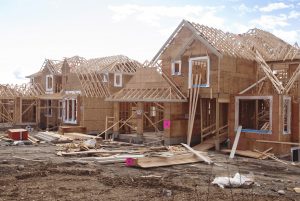 Housing is the foundation of the economy. …It’s not a surprise, then, that the Trump administration recently said it was considering declaring the housing crisis a national emergency. The federal government alone can’t solve the housing crisis. That said, the administration could take steps that would meaningfully help make American housing more affordable. …One of the biggest issues is supply. …But
Housing is the foundation of the economy. …It’s not a surprise, then, that the Trump administration recently said it was considering declaring the housing crisis a national emergency. The federal government alone can’t solve the housing crisis. That said, the administration could take steps that would meaningfully help make American housing more affordable. …One of the biggest issues is supply. …But  Cardboard-box demand is slumping, flashing a potential warning about the health of the American consumer given that goods ranging from pizzas to ovens are transported in corrugated packaging. A historic run of pulp-mill closures is also signaling problems for the companies that make corrugated packaging as well as the timberland owners who sell them wood. International Paper, the country’s biggest box maker, announced last month the shutdown of two US containerboard mills, which make the brown paper that is folded into corrugated packaging. …It is a surprising turn in the e-commerce era. Box makers and analysts say demand presently suffers from uncertainty in US boardrooms and export markets because of President Trump’s tariffs as well as from weakening consumer spending. The sputtering housing market has also hurt, reducing the need for moving boxes as well as packaging for building products and appliances. [to access the full story a WSJ subscription is required]
Cardboard-box demand is slumping, flashing a potential warning about the health of the American consumer given that goods ranging from pizzas to ovens are transported in corrugated packaging. A historic run of pulp-mill closures is also signaling problems for the companies that make corrugated packaging as well as the timberland owners who sell them wood. International Paper, the country’s biggest box maker, announced last month the shutdown of two US containerboard mills, which make the brown paper that is folded into corrugated packaging. …It is a surprising turn in the e-commerce era. Box makers and analysts say demand presently suffers from uncertainty in US boardrooms and export markets because of President Trump’s tariffs as well as from weakening consumer spending. The sputtering housing market has also hurt, reducing the need for moving boxes as well as packaging for building products and appliances. [to access the full story a WSJ subscription is required]
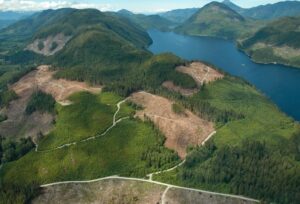 The Interior Department says it’s on track to meet a federal goal to increase logging on federal lands, even as timber industry analysts warn low prices, scarce sawmills, and litigation will likely threaten progress. Interior’s Bureau of Land Management has increased timber sales by 4.6% so far in fiscal 2025 over all of fiscal 2024. Interior spokeswoman Alyse Sharpe said. …Trump’s logging goals face fierce headwinds, however, as depressed lumber prices, a worker shortage in the timber industry, and an overriding sense of uncertainty about the future of logging are chilling timber industry interest in actually cutting down the trees sold in federal sales, said Mindy Crandall, at Oregon State University. “The Forest Service can put the timber up for sale, but someone has to want it,” Crandall said. But Trump’s logging policies are likely to have limited reach across the US in part because federal lands make up only a small part of the timber supply, and tariffs are unlikely to crush the demand for Canadian lumber.
The Interior Department says it’s on track to meet a federal goal to increase logging on federal lands, even as timber industry analysts warn low prices, scarce sawmills, and litigation will likely threaten progress. Interior’s Bureau of Land Management has increased timber sales by 4.6% so far in fiscal 2025 over all of fiscal 2024. Interior spokeswoman Alyse Sharpe said. …Trump’s logging goals face fierce headwinds, however, as depressed lumber prices, a worker shortage in the timber industry, and an overriding sense of uncertainty about the future of logging are chilling timber industry interest in actually cutting down the trees sold in federal sales, said Mindy Crandall, at Oregon State University. “The Forest Service can put the timber up for sale, but someone has to want it,” Crandall said. But Trump’s logging policies are likely to have limited reach across the US in part because federal lands make up only a small part of the timber supply, and tariffs are unlikely to crush the demand for Canadian lumber.
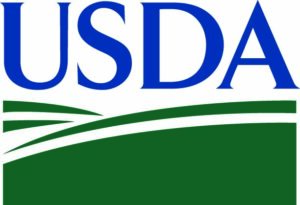 WASHINGTON, DC — US Secretary of Agriculture Rollins announced the USDA Forest Service is investing
WASHINGTON, DC — US Secretary of Agriculture Rollins announced the USDA Forest Service is investing 
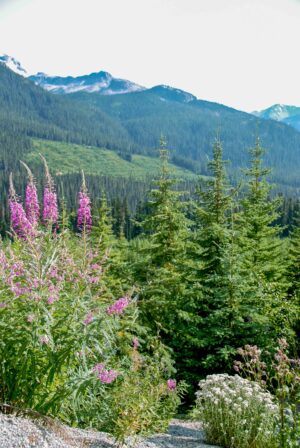

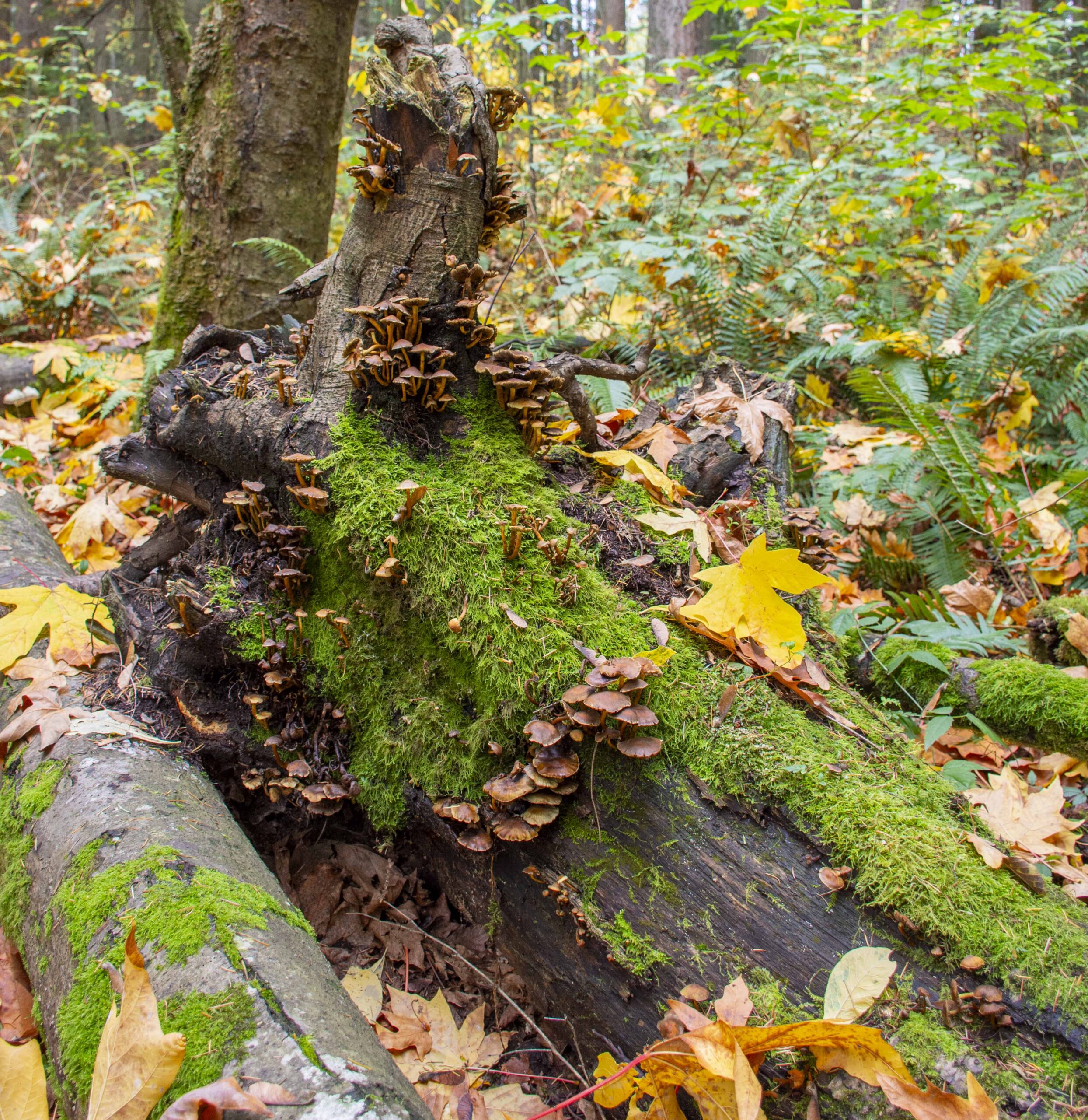 One of the great challenges of ecology is to understand the factors that maintain, or undermine, diversity in ecosystems, researchers write in a
One of the great challenges of ecology is to understand the factors that maintain, or undermine, diversity in ecosystems, researchers write in a 


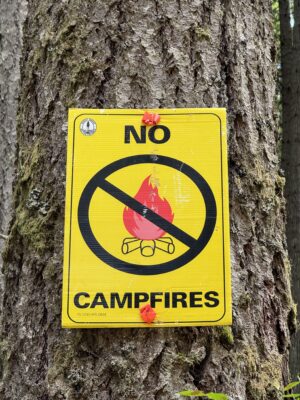
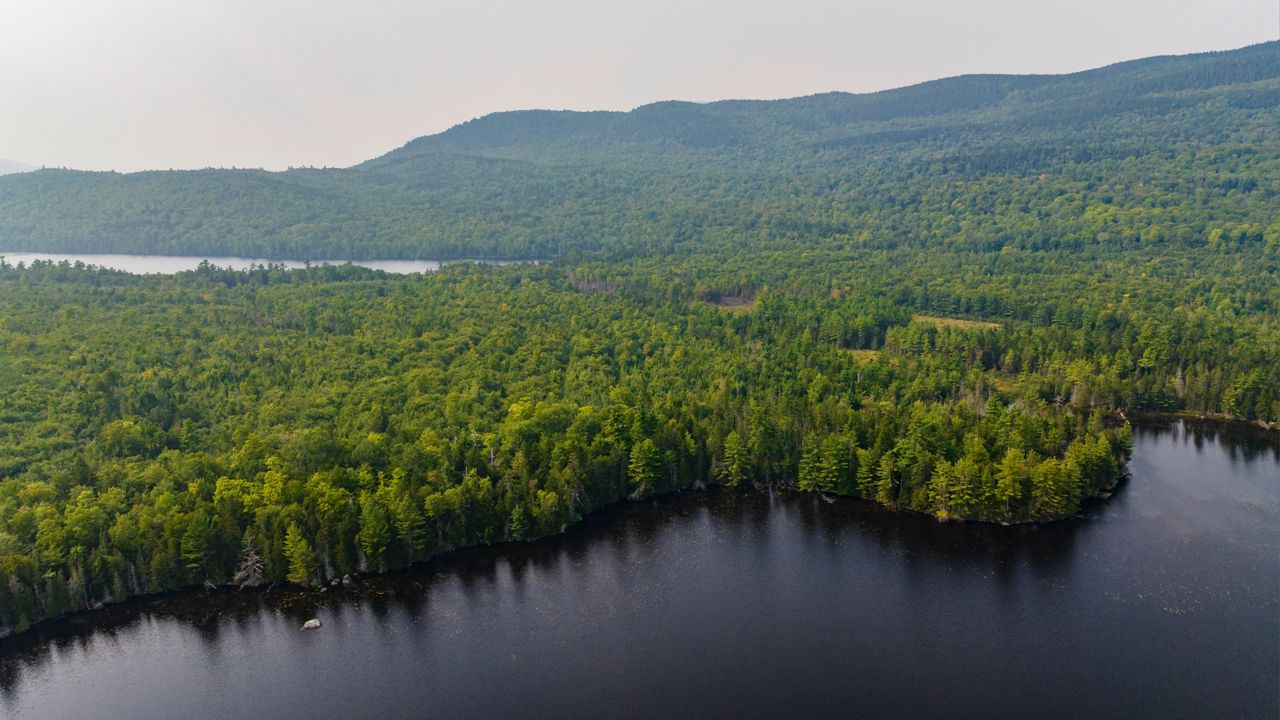
 EASTERN OREGON — More than $7.4 million to support removal and transport of 417,308 tons of low-value trees and woody debris from national forests to processing facilities is being allocated to Eastern Oregon forests. The allocation includes a critical $4.6 million award to support the forest products industry in Grant County. Two other projects are in or near Wallowa County, Oregon’s US Sens. Ron Wyden and Jeff Merkley announced Friday, Sept. 19. This $7.4 million investment from the U.S. Forest Service’s Hazardous Fuels Transportation Assistance Program will be distributed as follows: Heartwood Biomass Inc. in Wallowa: $773,031; Boise Cascade Wood Products LLC in Elgin: $385,138; Iron Triangle LLC in John Day: $4,665,063;Dodge Logging Inc. in Maupin: $648,000; Gilchrist Forest Products LLC in Gilchrist: $588,648; Rude Logging LLC in John Day: $410,748.
EASTERN OREGON — More than $7.4 million to support removal and transport of 417,308 tons of low-value trees and woody debris from national forests to processing facilities is being allocated to Eastern Oregon forests. The allocation includes a critical $4.6 million award to support the forest products industry in Grant County. Two other projects are in or near Wallowa County, Oregon’s US Sens. Ron Wyden and Jeff Merkley announced Friday, Sept. 19. This $7.4 million investment from the U.S. Forest Service’s Hazardous Fuels Transportation Assistance Program will be distributed as follows: Heartwood Biomass Inc. in Wallowa: $773,031; Boise Cascade Wood Products LLC in Elgin: $385,138; Iron Triangle LLC in John Day: $4,665,063;Dodge Logging Inc. in Maupin: $648,000; Gilchrist Forest Products LLC in Gilchrist: $588,648; Rude Logging LLC in John Day: $410,748.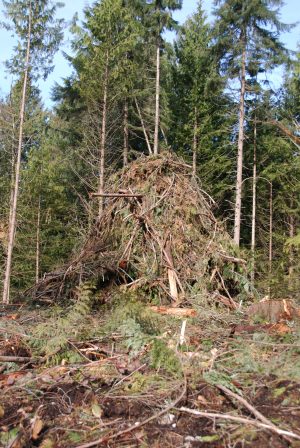 WISCONSIN — Lawmakers from northern and north-central Wisconsin are circulating a bill supporting Johnson Timber Corp. in Hayward to build a processing plant for aviation fuel made from logging debris to establish a processing plant in Wisconsin. The legislation would reward the company with a $60 million tax credit and access to $150 million in borrowing through Wisconsin’s bonding authority. Republican lawmakers wrote in a memo circulated Monday seeking cosponsors that the proposal would create 150 jobs and generate $1.2 billion a year in income after three years of operation. The processing plant in Hayward would be built by Johnson Timber Corp., in partnership with a German company… Synthec Fuels. Wisconsin along with Michigan and Minnesota are all vying for the project, Felzkowski said, “and the state that helps will be the first state” to get the facility and probably the headquarters for the overall processing operation.
WISCONSIN — Lawmakers from northern and north-central Wisconsin are circulating a bill supporting Johnson Timber Corp. in Hayward to build a processing plant for aviation fuel made from logging debris to establish a processing plant in Wisconsin. The legislation would reward the company with a $60 million tax credit and access to $150 million in borrowing through Wisconsin’s bonding authority. Republican lawmakers wrote in a memo circulated Monday seeking cosponsors that the proposal would create 150 jobs and generate $1.2 billion a year in income after three years of operation. The processing plant in Hayward would be built by Johnson Timber Corp., in partnership with a German company… Synthec Fuels. Wisconsin along with Michigan and Minnesota are all vying for the project, Felzkowski said, “and the state that helps will be the first state” to get the facility and probably the headquarters for the overall processing operation.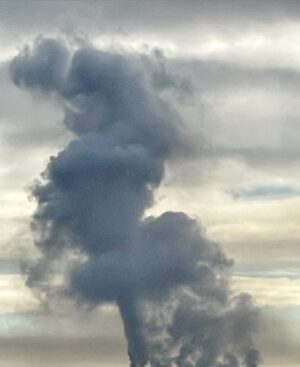 NEW YORK — Some countries’ leaders are watching rising seas threaten to swallow their homes. Others are watching their citizens die in floods, hurricanes and heat waves, all exacerbated by climate change. But the world US President Donald Trump described in his speech at the United Nations General Assembly didn’t match the one many world leaders in the audience are contending with. Nor did it align with what scientists have long been observing. “This ‘climate change,’ it’s the greatest con job ever perpetrated on the world, in my opinion,” Trump said. “All of these predictions made by the United Nations and many others, often for bad reasons, were wrong. If you don’t get away from this green scam, your country is going to fail.” Trump has long been a critic of climate science and polices aimed at helping the world transition to green energies like wind and solar.
NEW YORK — Some countries’ leaders are watching rising seas threaten to swallow their homes. Others are watching their citizens die in floods, hurricanes and heat waves, all exacerbated by climate change. But the world US President Donald Trump described in his speech at the United Nations General Assembly didn’t match the one many world leaders in the audience are contending with. Nor did it align with what scientists have long been observing. “This ‘climate change,’ it’s the greatest con job ever perpetrated on the world, in my opinion,” Trump said. “All of these predictions made by the United Nations and many others, often for bad reasons, were wrong. If you don’t get away from this green scam, your country is going to fail.” Trump has long been a critic of climate science and polices aimed at helping the world transition to green energies like wind and solar. 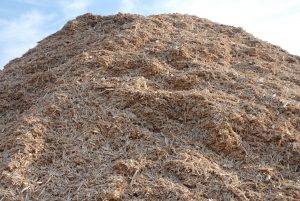
 Four people were taken to hospital in the US on 12 September after an explosion at the Fiberon site in Stanly County, North Carolina. Initial inspections of the facility, which manufactures composite decking and railing products, suggest the incident was a result of a dust explosion, officials said. …Several people received treatment at the site for minor injuries with four Fiberon employees taken to a local hospital. Fire crews managed to bring a small fire under control and extinguished it within a couple of hours. In a statement, the Stanly County Fire Marshal’s Office said an investigation was already underway involving several agencies… According to local media, the explosion wasn’t the first fire-related incident at the site. In 2020, several silos and a dust collector caught fire which resulted in a number of small explosions. No employees were injured, however two firefighters were hurt while attempting to extinguish a fire the following day.
Four people were taken to hospital in the US on 12 September after an explosion at the Fiberon site in Stanly County, North Carolina. Initial inspections of the facility, which manufactures composite decking and railing products, suggest the incident was a result of a dust explosion, officials said. …Several people received treatment at the site for minor injuries with four Fiberon employees taken to a local hospital. Fire crews managed to bring a small fire under control and extinguished it within a couple of hours. In a statement, the Stanly County Fire Marshal’s Office said an investigation was already underway involving several agencies… According to local media, the explosion wasn’t the first fire-related incident at the site. In 2020, several silos and a dust collector caught fire which resulted in a number of small explosions. No employees were injured, however two firefighters were hurt while attempting to extinguish a fire the following day.